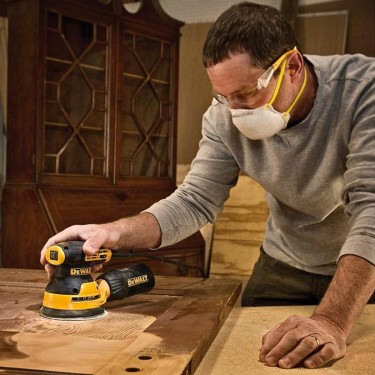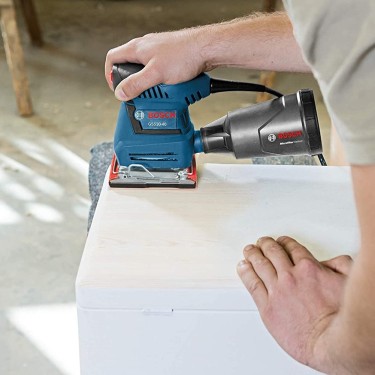When you need the best sander for wood, consider the nature of the job, cost, ease of use and corded vs. cordless. Here's help for choosing the right sander for the job.
Every editorial product is independently selected, though we may be compensated or receive an affiliate commission if you buy something through our links. Ratings and prices are accurate and items are in stock as of time of publication.
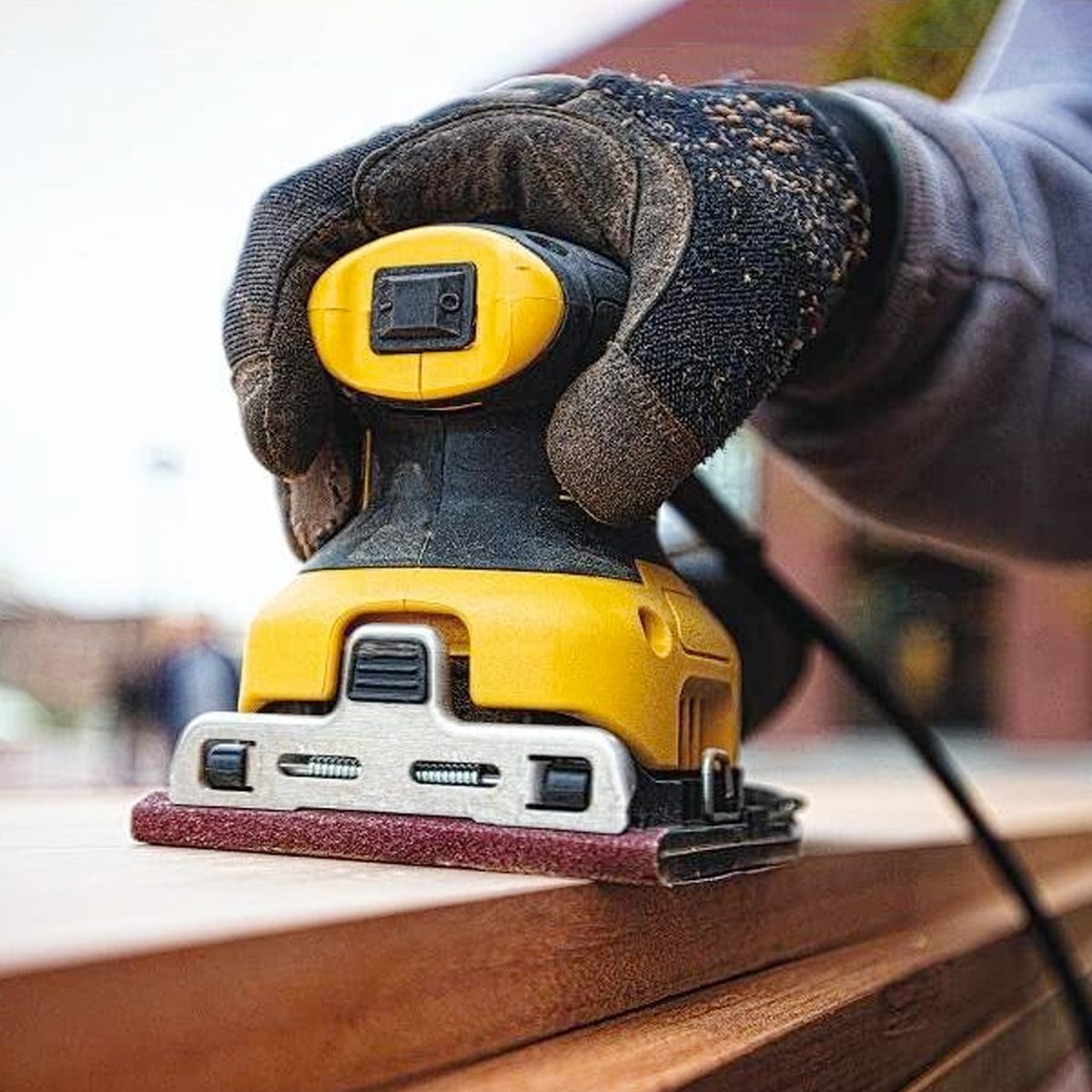
If you’re a woodworker, even a beginner, you’ll need a sander at some point. Pretty much every woodworking and wood finishing project calls for sanding, and sanding tools do the job much more efficiently than you can by hand.
When shopping for a sander, think first about why you need it. Sanders can smooth wood, wear it down to a calibrated thickness or shape and de-splinter it. They can also remove old finish.
The vast difference in functions and sizes of projects means a sander that may be right for one job won’t be right for all. Some sanders are more versatile than others. And while versatility may be a bonus for a woodworker, no one sander can do everything.
Considerations When Shopping for a Sander
Depending on your needs, you may opt for a palm sander, a random orbital model, a belt sander, a disk sander or a detail sander. Once you narrow down your options, consider the following:
- Corded or cordless: Batteries in most cordless models provide about 30 minutes of working time between charges, more than enough if you own a spare battery. Corded models may be less convenient but they’re more powerful.
- Sheet or precut paper: Orbital and disc sanders with circular or triangular bases accept only precut sandpaper, which is more expensive than standard sheets. The extra cost can be significant on large projects that require different sanding grits.
- Comfort and noise: If you’re working on a large project like sanding down a laminated tabletop, you could be holding the sander for hours. The fewer vibrations and the less noise the tool makes, the easier it is to control and the happier you’ll be.
- Dust collection: Dust is an issue no matter what you’re sanding. A tool that collects it efficiently reduces cleanup time and prevents mess-ups when it’s time to apply a finish.
- Handheld or benchtop: These tools perform different functions.
- Cost: No one wants to overpay for a tool, and you shouldn’t have to with a sander. The best machines out there aren’t necessarily the most expensive ones, but there are exceptions.
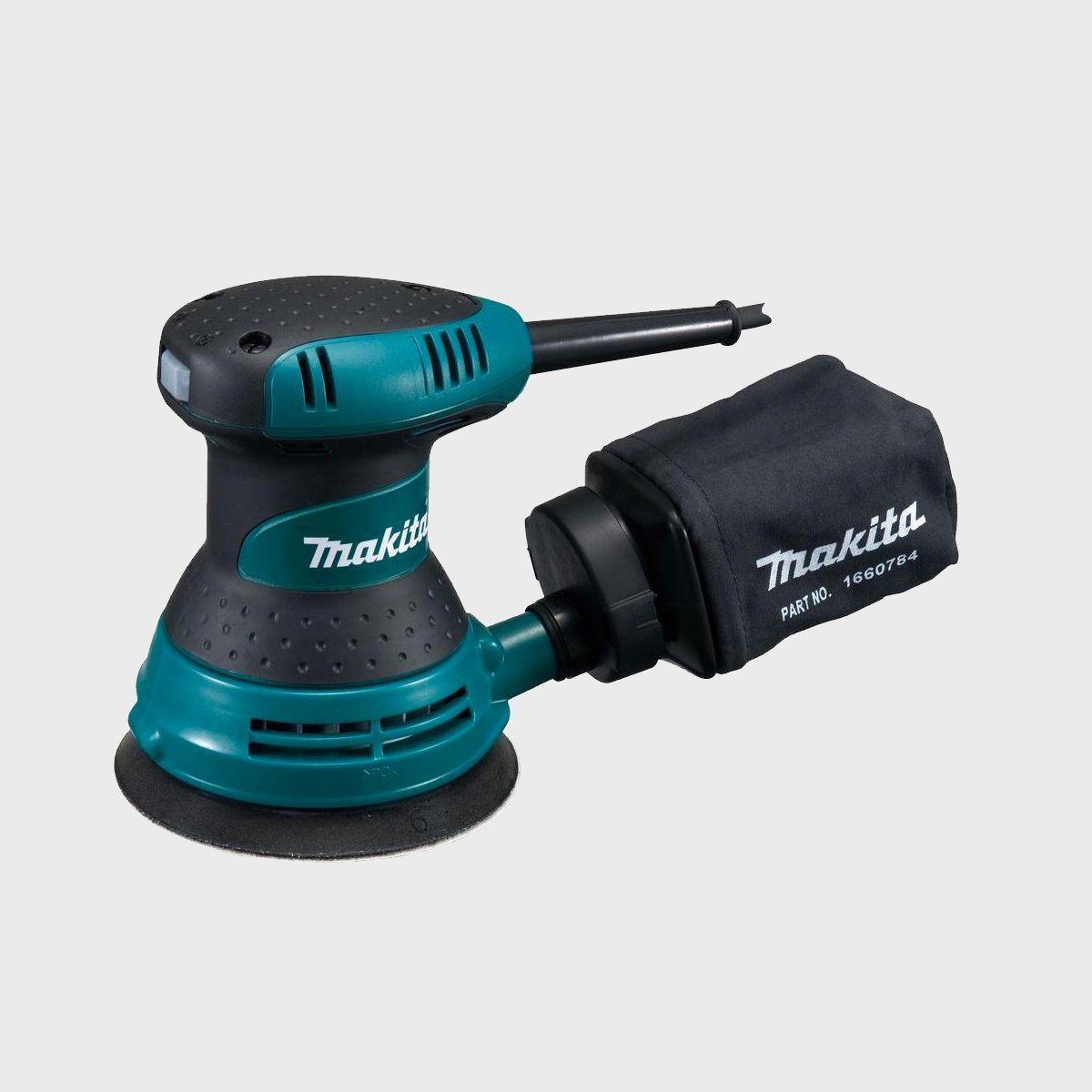
Best All-Round Sander
Makita has been making tools since 1959, and its power sanders were some of the first on the market. The company has had plenty of time to perfect its tool design. That experience and know-how shows in its corded 3-amp corded random orbital sander.
Despite its not-too-expensive price ($79), the Makita random orbital sander is one of the most comfortable and powerful sanders you can find. It removes stock quickly while keeping scratches and squiggle marks to a minimum because the circular pad spins as it vibrates.
This model comes with a dust-collection bag and a case — a nice touch. Whether you’re refinishing a credenza, building a new pine table or installing new interior woodwork, this sander will help you get a smooth surface ripe for finishing.
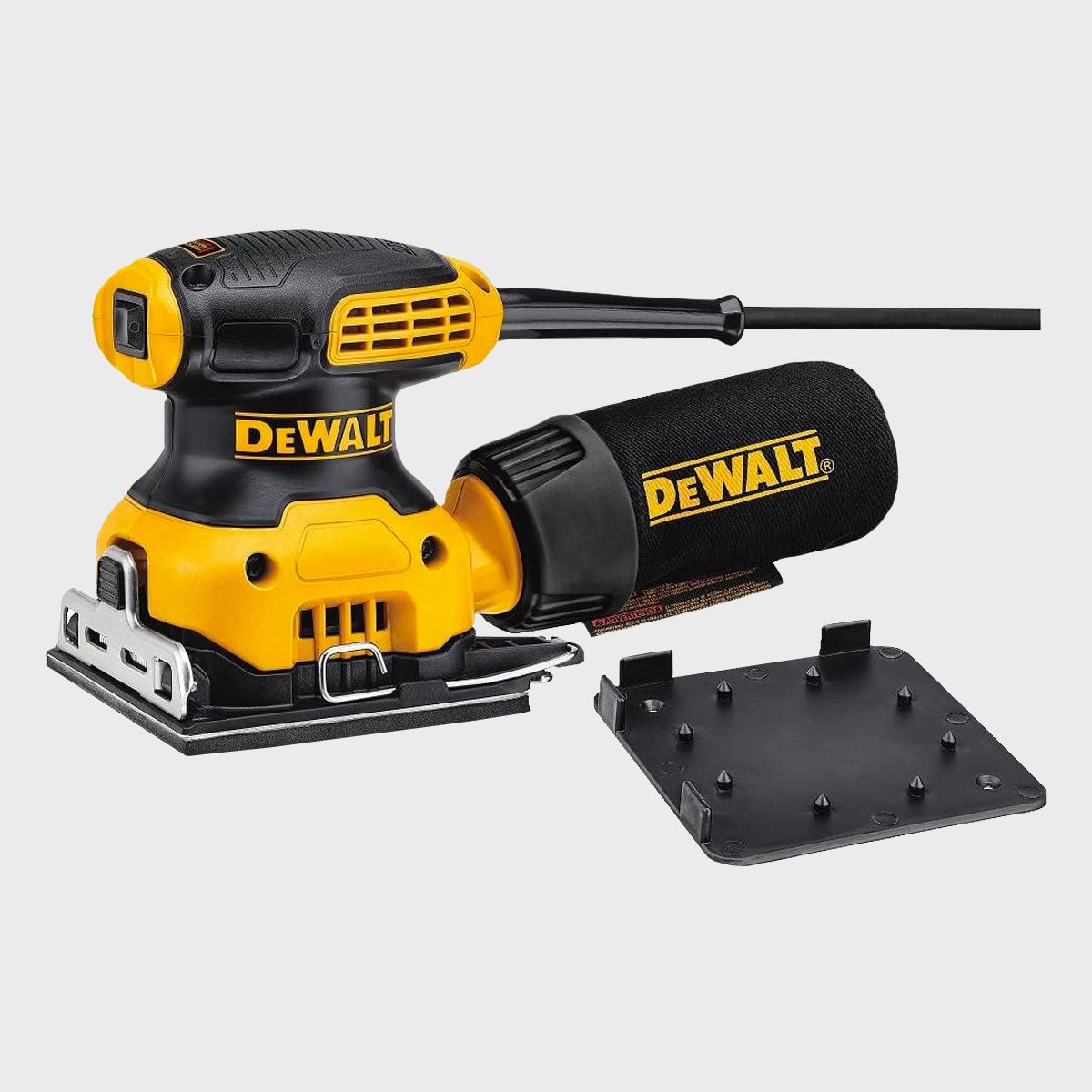
Best Sheet Sander
A sheet sander, also known as a palm or orbital sander, uses sheets of sandpaper instead of precut ones. It takes a quarter sheet for a small, and a square one-and-a-half sheet for a larger, two-handled rectangular one.
I’d be remiss not to mention Makita’s palm sander, one of the originals and one of the best. But the DeWalt DWE6411 corded 1/4-inch sheet orbital is on the same level. It’s light and powerful, drawing 2.3 amps. And at less than $50, it’s reasonably priced.
Most importantly, like the Makita, it holds the paper securely via locking clamps. Spring-loaded clamps aren’t as strong, and nothing slows you down more than the paper creeping out from under the sanding pad while you’re working.
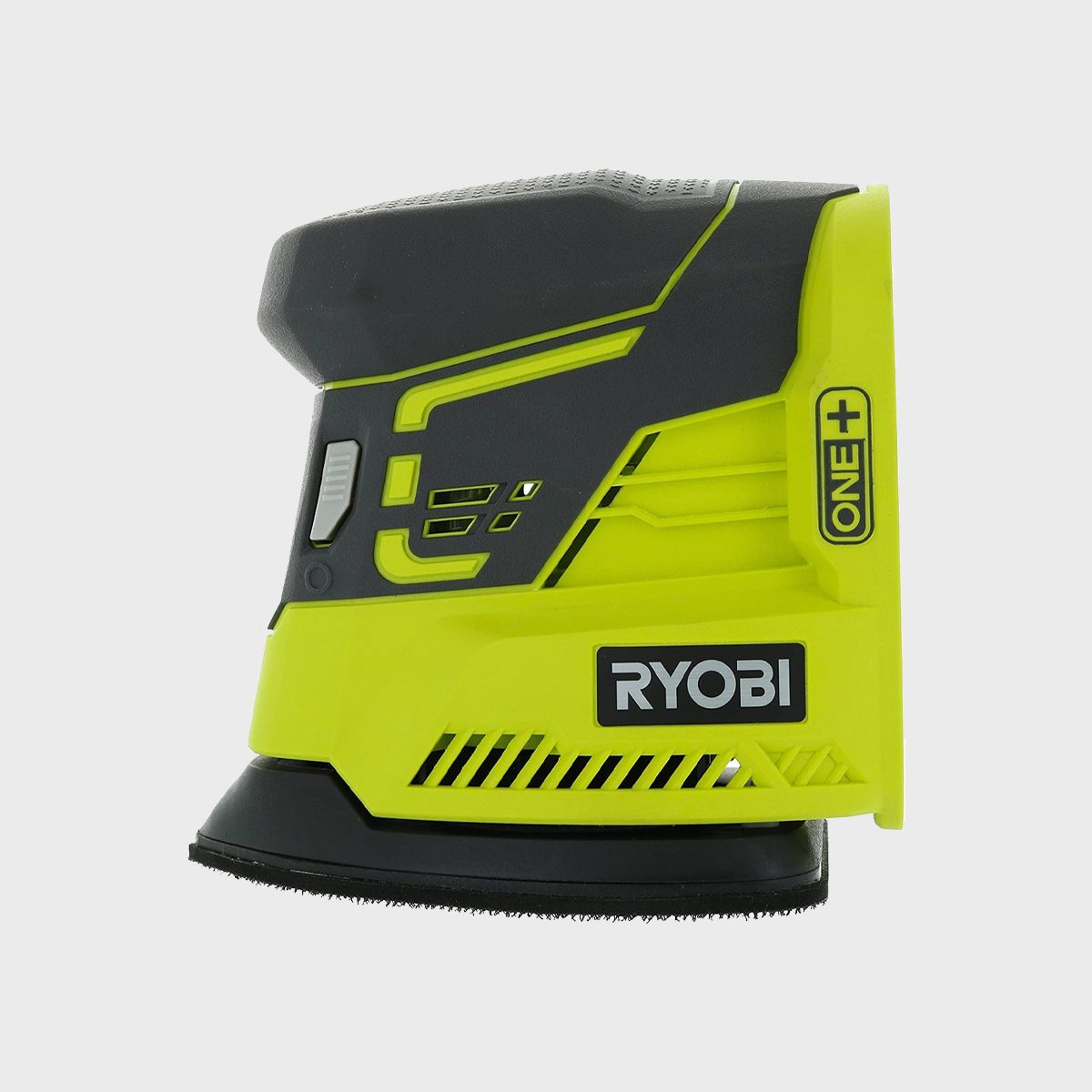
Best Detail Sander
A detail sander’s triangular base lets you sand in tight corners and crevices. While you can use it like a palm sander, it generally doesn’t have as much power.
Because mobility is important for detail work, you’ll find as many cordless detail sanders as corded ones, and cordless ones probably have the edge. They’re lighter and generally easier to use.
The Ryobi P401 offers the most compact design of any cordless detail sander. The housing extends vertically to accept the battery rather than trailing behind the tool. Because there’s no dust collection bag to get in the way, you can get it into tight spaces. If you prefer a corded model, the Black+Decker Mouse is a great value at less than $40.
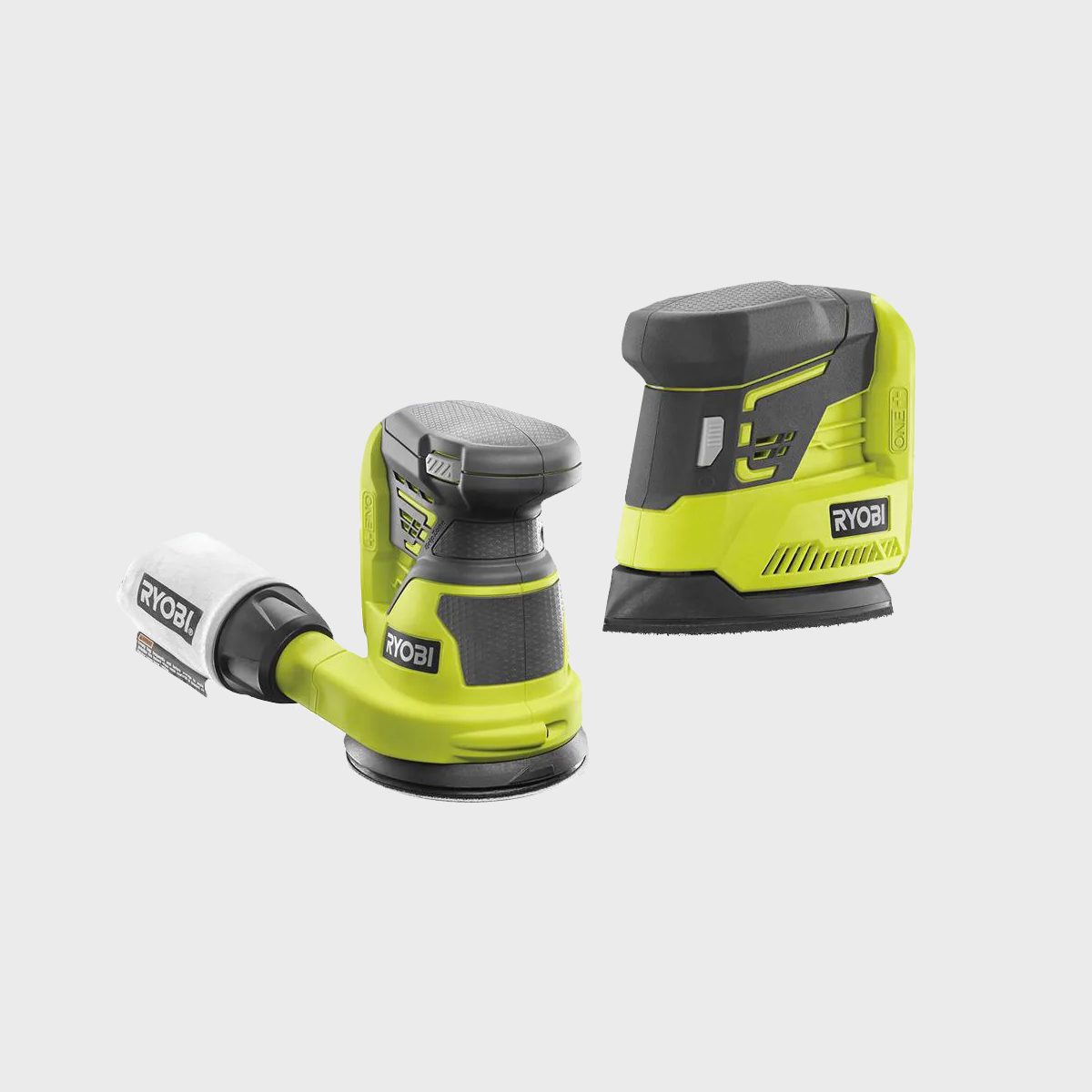
Best Cordless Sander
The random orbital sander is an all-around helpful tool. Ryobi’s ONE+ random orbital sander is light, powerful and inexpensive, costing less than $45.
This isn’t the most efficient sanding tool for large projects. But if you’re on the go to various jobsites, it’s a great one to keep in the back of your car. It will do the same thorough job as most corded models in places a corded model won’t go, and the battery lasts a robust 40 minutes between charges.
It comes with a dust-collection bag, and you may find it paired with Ryobi’s cordless detail sander. Whether you’re committed to Ryobi’s system or not, even if have to buy a battery and charger, this is a hard deal to pass up at less than $70.
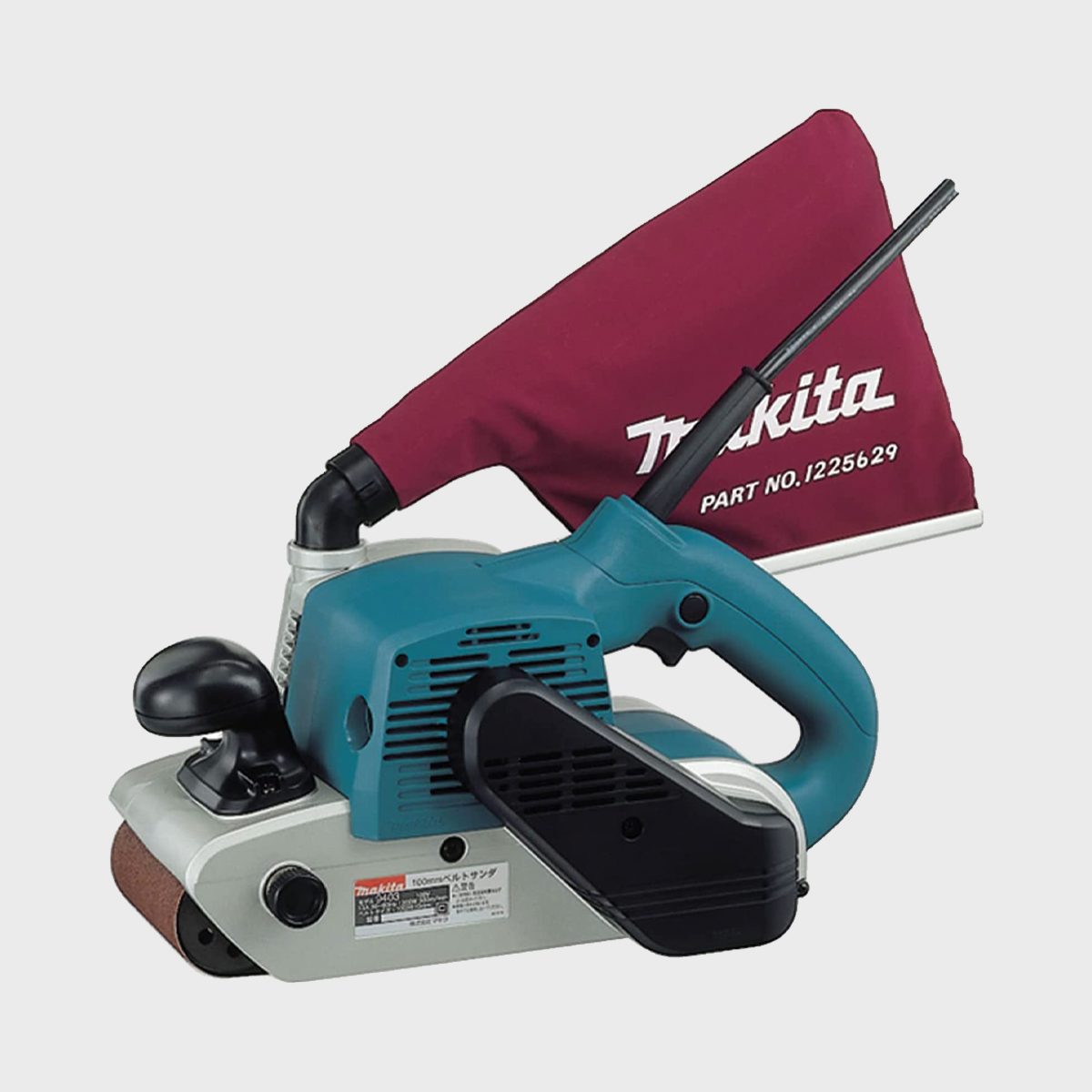
Best Handheld Belt Sander
Makita takes the cake with belt sanders, too. The Makita 9403 sander features a four-inch belt, ergonomic design and a body that’s heavy enough to help with the sanding without being too much to handle.
The wide belt means faster progress on large projects, and the powerful 11-amp motor rotates the belt at 1,640 ft. per minute for fast stock removal. The design makes it easy to control, so you don’t have to worry about chattering and drifting. A tracking adjustment keeps the belt centered.
About the only feature this sander lacks is variable speed control. If you’re working on smaller projects that call for delicate control, you might consider the Makita 9920 three-inch belt sander, which has it. Both cost about $250, and both are among the quietest models on the market.
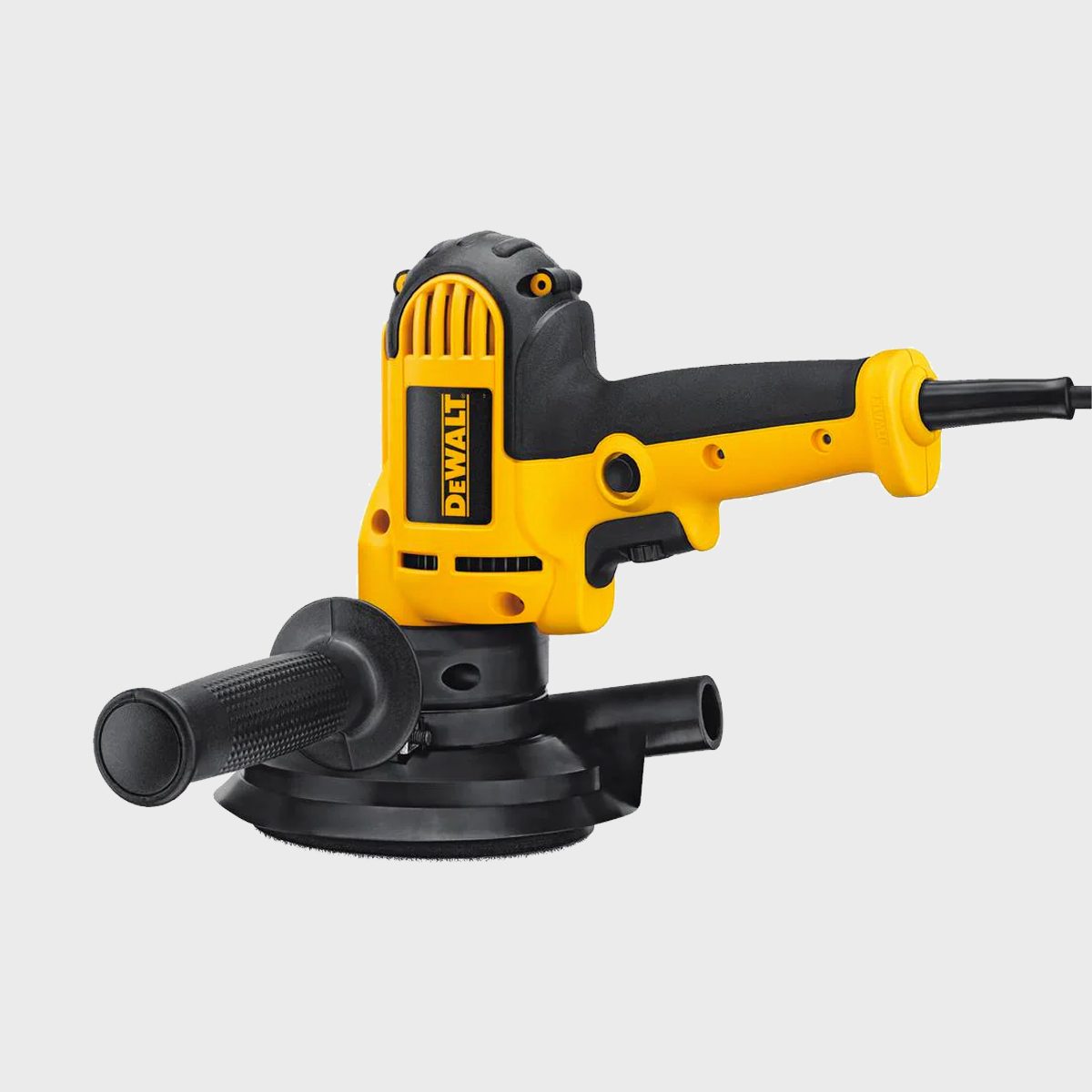
Best Handheld Disc Sander
Mainly because of the brand name, woodworkers tend to consider the Makita GV5010 the gold standard in handheld disc sanders. But this time, we give DeWalt’s model the nod.
Both feature a five-inch pad and removable side handle, but DeWalt’s six-amp motor is more powerful. Crucially, the DeWalt model offer variable speed control, allowing you to ease off when needed. It’s $10 cheaper, too.
Disc sanders work best for tough jobs — paint removal, grinding end grain and rough shaping. You’ll appreciate the power and ergonomic design of the DeWalt model as you bear down on that siding with three coats of old paint. You’ll also like the variable speed and reversible (VSR) control as you work the pad into corners, or behind gutters and other obstructions.
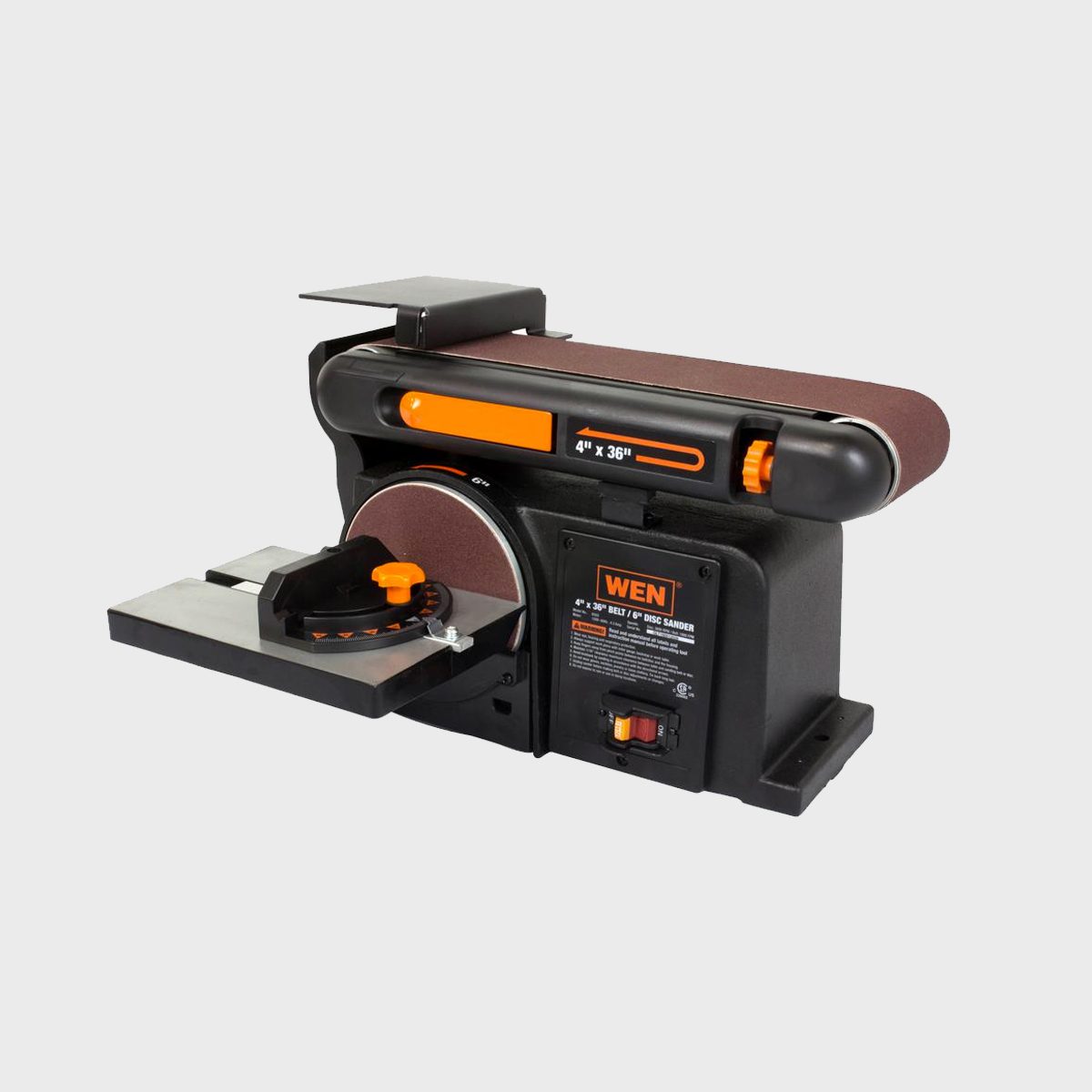
Best Benchtop Belt/Disc Combo
Unlike a handheld belt sander, used primarily for smoothing and stock removal, a benchtop combo model can shape wood as well as accurately reduce the dimensions. The WEN benchtop belt/disk combo features a sturdy cast iron base so it won’t wobble, and the four-inch belt tilts all the way to 90 degrees.
The unit comes with a cast aluminum work table and a miter gauge for the six-inch disc sander, which makes shaping fast and accurate. The powerful 1/2-horsepower motor won’t stall under a heavy load, and a dust port allows you to connect it to your shop dust removal system or a shop vac. All this for around $120, less than most other comparable models.
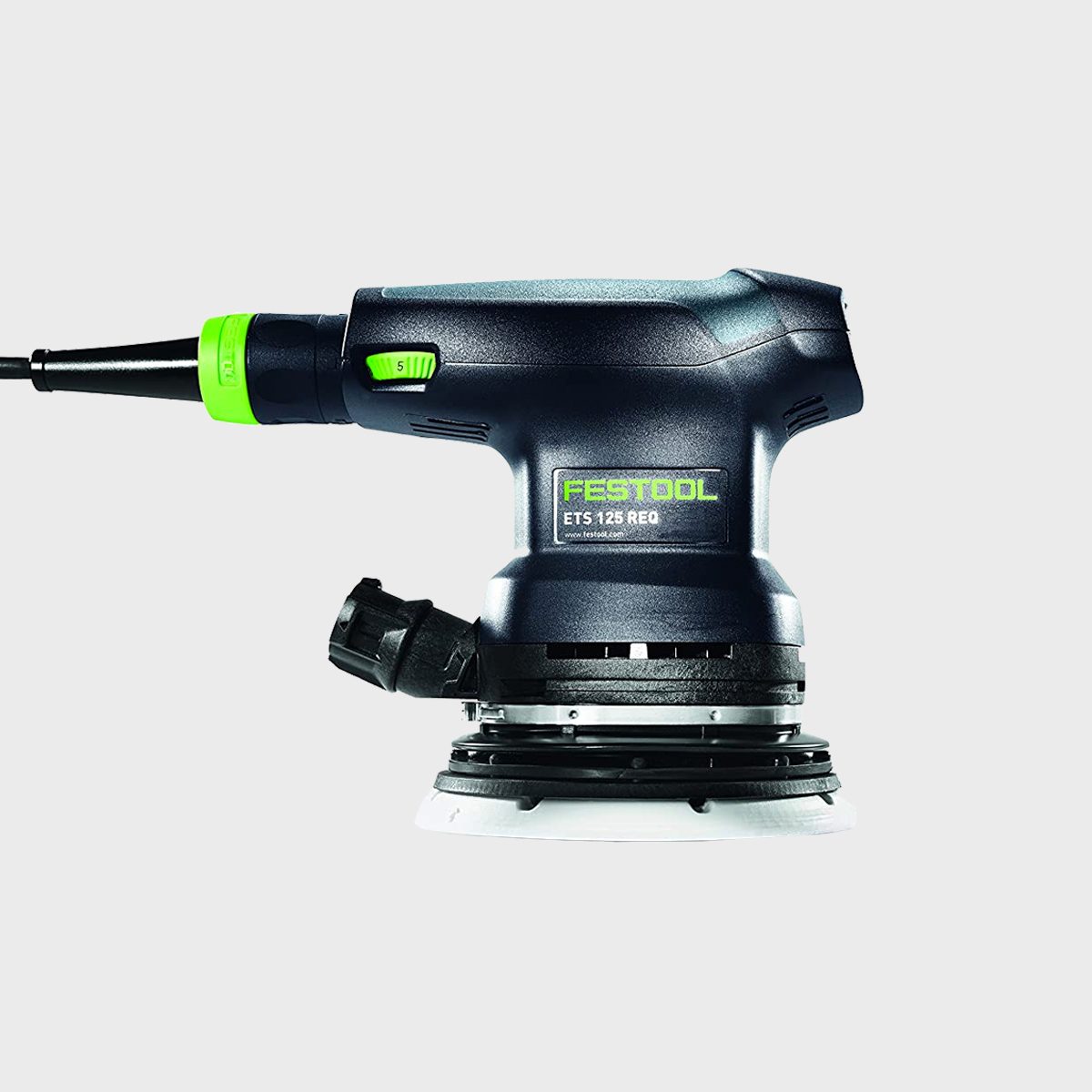
Best Dust-Free Sanding System
Maryland contractor Alan Hill swears by his Festool sanding system, which includes the Festool ETS 125 random orbital sander and the CT Midi I HEPA Dust Extractor. Coming in at just under $1,000 for the pair, this is hardly a budget option. But Hill says it lets him sand in a furnished living room without spreading plastic. That isn’t something you can do with just any sander.
Festool offers other sanding attachments for the system, including a triangular detail sander and a rectangular orbital sander. All the equipment packs easily into a standard pickup and none of it is particularly heavy, so you can use it on the go as easily as in your shop or garage.
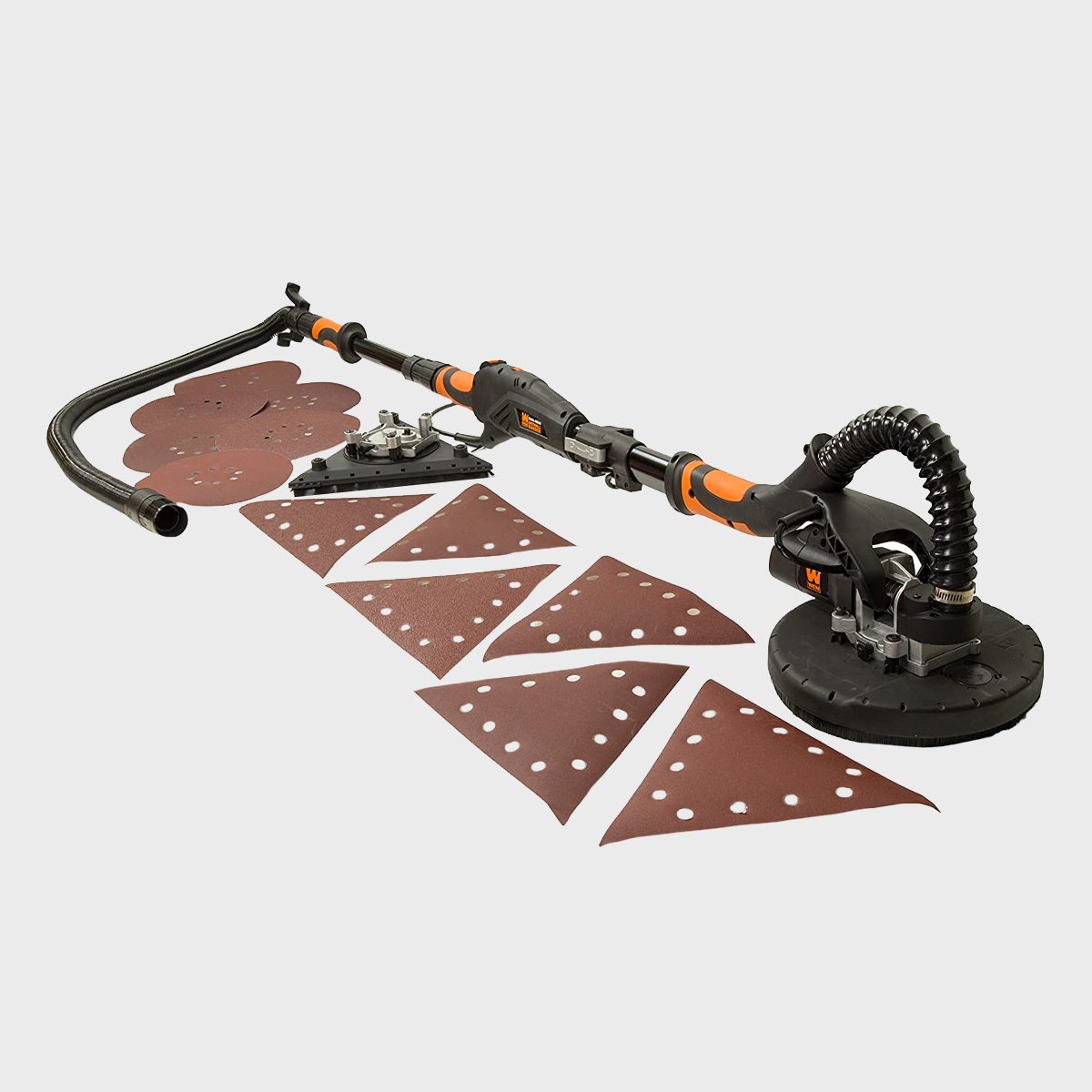
Best Drywall Sander
If you’ve just finished taping and mudding a new bedroom addition, you probably don’t need anything more than a pole sander like the Tuf-Lokto sand the walls flat. Just rip a piece of 120-grit sandpaper in half lengthwise, clip one half onto the sanding pad and you’re ready to go.
For a larger job, or you just like to sand drywall, you’re better off springing the $160 for the WEN 6377 variable-speed dual-head power sander. It comes with a round head for the field and a triangular one for sanding in corners, as well as a 15-ft. dust hose that attaches to your shop vac.
This model uses precut sandpaper sheets in various grits, from 60 all the way to 240, to help you get that finish just right.
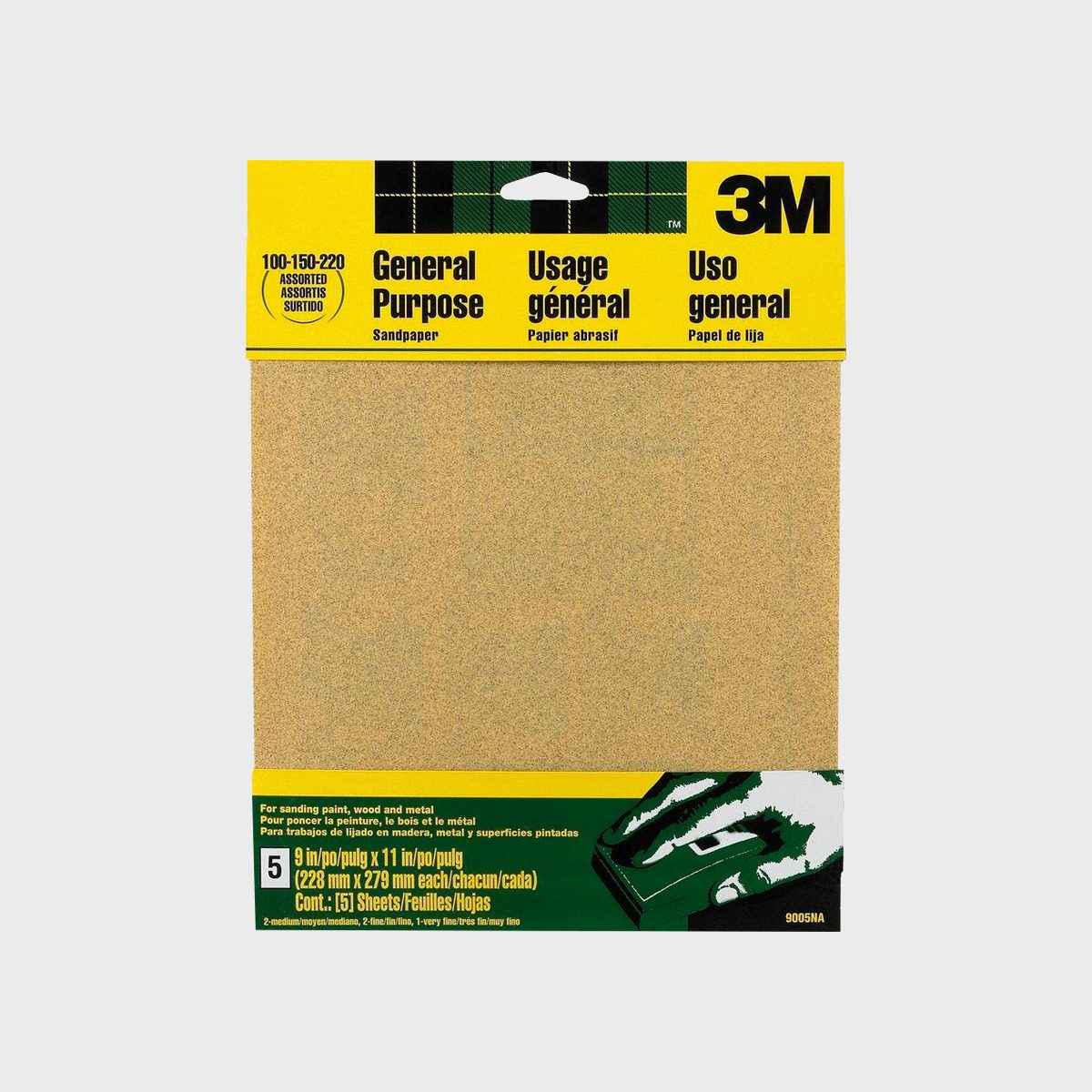
Best Sandpaper
No matter how many sanding tools you have, you’ll still occasionally fold over a sheet of sandpaper and sand by hand. In those instances, you want the paper to be sturdy and the abrasive to work hard and last long.
No paper performs better than 3M aluminum oxide sandpaper. It comes in single sheets, packages of five or more sheets of a single grit, or packages with assorted grits.
When you’re doing finish work and getting into the finer grits, you’re better off with 3M Wetordry sandpaper, a silicon carbide abrasive bonded with a waterproof resin. It lasts longer than aluminum oxide paper when sanding finishes. It’s the only paper to use for wet sanding when you’re going for a glassy smooth finish.
All prices and links were current as of publication.

